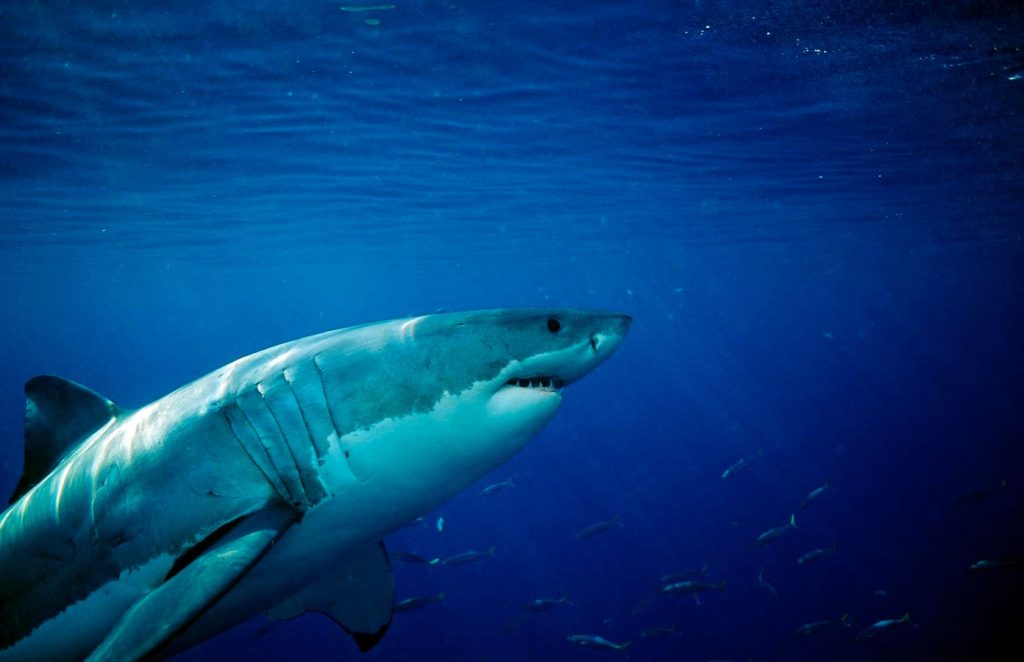Animal movements are not random, but are influenced by a myriad of internal and external factors. Deciphering these movements is similar to solving a complex puzzle with missing pieces and instructions in a foreign language. Questions surrounding how animals such as monarch butterflies, salmon, and African elephants navigate vast distances and find specific locations remain a mystery.
Predator movements, like those of great white sharks, are shaped by various factors such as energy requirements, reproductive status, environmental conditions, prey availability, competition, and predation risk. A recent study led by Dr. Oliver Jewell of Murdoch University focused on understanding how internal and external factors influence the movements of white sharks off the coast of Central California. The study found that shark movements were influenced by the habitats they were swimming in, with differences in behavior observed among sharks based on their location and demographics.
The movements of white sharks were found to be unique to different areas, with juvenile sharks at Aptos exhibiting erratic trajectories, while those at Año Nuevo and the Farallon Islands displayed more purposeful paths. The study also revealed differences in nighttime and daytime movements, with sharks showing lower activity levels and swimming in straighter trajectories at night. Understanding these nuances in predator movements is crucial for conservation efforts, as it can help predict and mitigate human-wildlife conflicts, protect critical habitats, and inform the design of marine protected areas.
The findings of the study led by Dr. Jewell highlight the importance of unraveling the factors that drive movement patterns in predators like white sharks. By gaining a better understanding of how these animals behave in different environments, researchers can work towards safeguarding these predators and the marine ecosystems they inhabit. As research on white shark movements continues to progress, conservation and management efforts can be enhanced to better protect these apex predators and the delicate balance of marine life.













